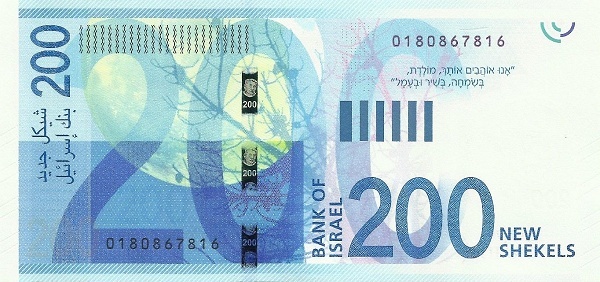By Michael Roberts
Last March, Israel marked its 75th anniversary as a state. The Economist journal commented “Today Israel is hugely rich, safer than it has been for most of its history, and democratic—if, that is, you are prepared to exclude the territories it occupies (sic!). It has overcome wars, droughts and poverty with few natural endowments other than human grit. It is an outlier in the Middle East, a hub of innovation and a winner from globalisation.” These words now seem like a sick joke given the events of the last few weeks, or for that matter if we look at the real history of the Israeli state.
That history is one of Jewish immigrants coming to Palestine with the broad aim of setting up a ‘safe-haven’ state for Jews in their ‘homeland’ alongside the existing Arab inhabitants. Many of these Zionists dreamt of Israel as becoming a model ‘socialist society’, communally owned and run through local communes or kibbutzim acting, as a democratic alternative to the rule of sheikhs and generals in the Arab states. The reality was that in practice Jewish immigrants settling in Palestine and establishing a new ‘socialist’ state could only do so by the removal of hundreds of thousands of Arabs from their homes and land through violence.
Apparent economic success of Israel’s initial ‘socialist society’ model
Nevertheless, through a combination of massive immigration (which doubled the Jewish population), huge inputs of foreign investment by rich Jewish communities and mainly American capital, plus the setting-up of a strong military force, Israel’s economy grew very fast from 1948. This was the ‘golden age’ of post-war capitalism, when profit rates were high and investment was equally strong. So it was possible to inaugurate a new economy very fast. GNP grew at an average annual rate of 10.4 percent between 1948-1972. The capital needed to build the Israeli economy came from US aid transfers and loans, German reparation payments and the sale of Israeli state bonds abroad. Profitability was kept high by controlling prices and wages, so keeping workers’ real incomes from rising too much.
But then, as in the rest of advanced capitalist economies, the profitability of capital in Israel fell sharply from about the mid-1960s to the early 1980s. This brought economic crises as part of the international slump of 1974-5 and 1980-2. It also brought a new war with the Arab states in 1973. At this point in the story of the Israeli economy, it is very useful to look at the profitability of Israeli capital from the 1960s, as provided by the World Profitability Database.
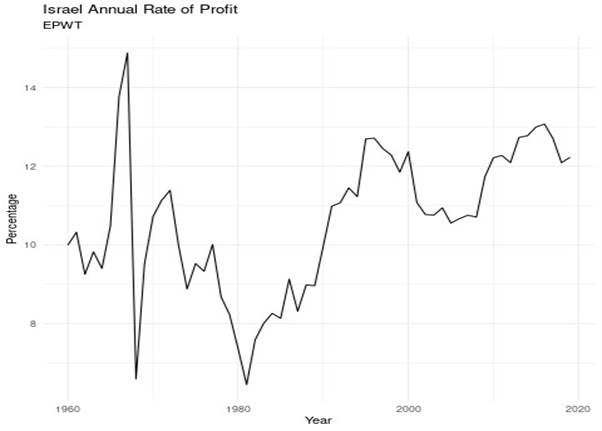
The graph clearly shows the sharp fall in profitability to a low in the global slump of 1980-2. Between 1973 and 1985, GNP growth declined to about 2 percent per year, with no real increase in per capita output. At the same time, the inflation rate spiralled out of control, reaching a high of 445 percent in 1984 and the balance of payments deficit with the rest of the world hit highs.
Israel’s so-called democratic socialist state had to go if Israel’s capitalists were to prosper. And so, as in many other capitalist economies, Israelis now elected governments that aimed to end ‘socialism’ and open up the economy to capital without restrictions, while at the same time reducing Israel’s ‘welfare’ state and support for collectives like the kibbutz. Israel entered the neo-liberal era which lasted globally for the next two to three decades with a vengeance.
Financial collapse in 1983 led to raft of privatisations
In 1983, the Tel Aviv Stock Exchange collapsed, bursting a huge financial bubble that had been growing for years. The right-wing Likud government blamed the banks. It took over Bank Hapoalim which had direct and indirect control over some 770 companies and controlled some 35 percent of the Israeli economy with the aim to privatise all these state assets. The state eventually sold the three major banks: Bank Hapoalim, Bank Leumi, and Bank Discount to private capitalists. The telecommunications industry was privatised and the ports are now going through the same process.
In a carbon copy policy of Reagan in the US and Thatcher in the UK, between 1986-2000, 83 government owned companies were sold for a total of $8.7 billion US dollars. The national airline ELAL, the telecommunications network Bezeq, all the major banks and the other big five conglomerates were all sold off to buyers selected by the government. The buyers included many of Israel’s wealthiest, combined with moneyed American Jewry, and other foreign conglomerates. None of these companies were privately listed for sale. For example, the government sold Israel Chemicals Ltd. to the Eisenberg family through a private bidding process that was carried out between 1993 and 1997.
Immigration from Russia and North Africa cheapened labour costs
For a while these measures did help to get the profitability of Israeli capital up – in our profitability graph, there was a doubling of the rate of profit from 1982 to 2000. But the rise in profitability was mainly driven by a new influx of immigrants after the collapse of the Soviet Union and from North Africa. Immigration cheapened labour costs, while a period of seeming ‘truce’ with the Arabs ensued after the Oslo accords enabling even greater inflows of foreign investment.
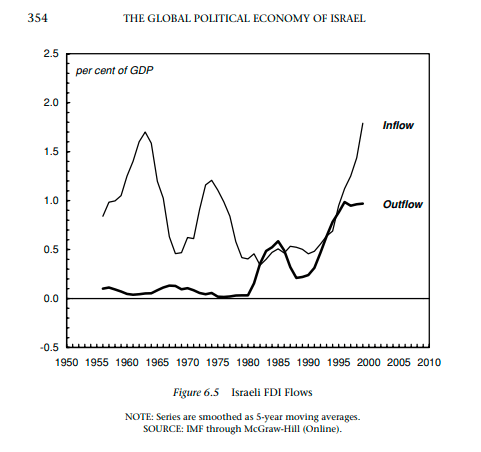
This was the period of the expansion of ‘start-up hi-tech’ firms that Israel has become noted for and of the apparent integration of the Israeli economy into a a fast-globalising world economy. Nicknamed the “Start-Up Nation”, Israel now has more than 7,000 active start-up companies.
But this did not last. In the 21st century, Israel’s capitalist economy increasingly struggled like many other ‘emerging economies’. The big difference, of course, that in its perpetual war with its neighbouring Arab states, Israel has been backed to the hilt by the US and Western capital. So even facing permanent conflict with its Arab neighbours and uprisings by the displaced Palestinians, it has been able to survive economically and also develop a formidable military force.
Failure of any effective socialist opposition
Ironically, massive immigration from the former Soviet Union, the importation of foreign workers and the rapid natural growth of the local Arab population, has made Israel less and less of a ‘Jewish state’ in population terms. But the impact of neoliberal policies and economic slowdown has not led to a shift to the left. The fear of Arab attacks and the failure of any effective alternative socialist opposition have instead led to the rise of religious and ethnic political parties. The race and religious cards have been played by Israeli capital to avoid any confrontation over its economic and social failures.
Economic crises have continued at regular intervals in the 21st century. In 2003, Netanyahu cut welfare benefits, privatised more state-owned corporations, reduced the top income tax rate, slashed public sector services and imposed anti-trade union laws. The Great Recession of 2008-9 followed and then the pandemic slump of 2020, when GDP fell 7%. The relative economic decline of the Israeli economy is revealed by the real GDP growth rate in the Golden Age, the profitability crisis of the 1970s, the neoliberal period and now in the Long Depression of the 2010s onwards.
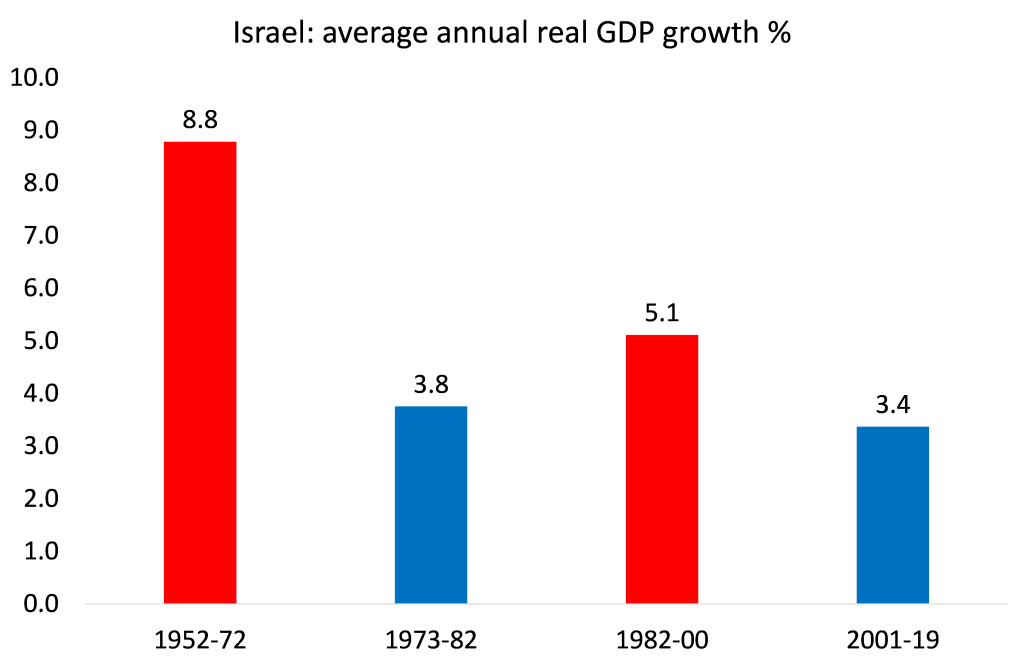
In the past ten years the collective Kibbutzim have rapidly disappeared to be replaced by high-end suburban housing. Land values have skyrocketed with real estate speculation. There has been continual erosion in funding for health and other public services which has led to a rise in the private cost of health and adds to growing gaps in the access to services between those who have money and those who don’t.
Israel now is one of the most unequal high-income countries
The ‘socialist dream’ of the early Israeli state has now given way to the capitalist reality. The gap between the lowest and highest earners in Israel is the second highest in the industrialized world, and the child poverty rate is second only to Mexico among developed countries. An average of one in three Israeli children are living in poverty, with one in five families subsisting well below the poverty line.
In stark contrast, the concentration of wealth in Israel is the second highest in the western world. The notorious family fiefdoms include: Arison, Borovich, Danker, Ofer, Bino, Hamburger, Wiessman, Wertheim, Zisapel, Leviev, Federman, Saban, Fishman, Shachar, Kass, Strauss, Shmeltzer, and Tshuva. These families collectively control a fifth of the revenue generated from Israel’s leading companies and these top 500 companies account for 40% of the business sector and 59% of national revenue.
Israel is one of the most unequal high-income countries. The bottom 50% of the population earn on average NIS 57,900, while the top 10% earn 19 times more. Thus, inequality levels are similar to those in the US, with the bottom 50% of the population earning 13% of total national income, while the top 10% share is 49%.
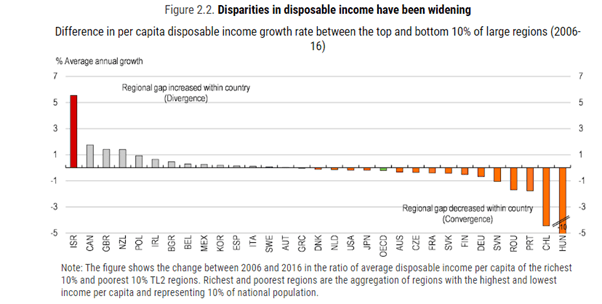
Of course, poverty and the inequality gap is much greater for the Arab citizens of Israel who represent around 20% of Israel’s population. But poverty rates are also high in orthodox Jewish communities, which represent one-tenth of the population. As for Gaza and the West bank, poverty levels are horrendous.
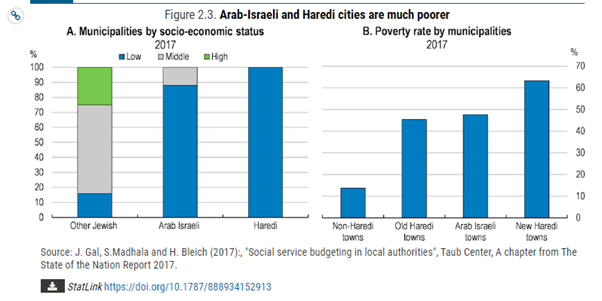
Massive military and financial support from the US
This latest war will not bring down the Israeli economy. The government is backed by military and financial support from the US.
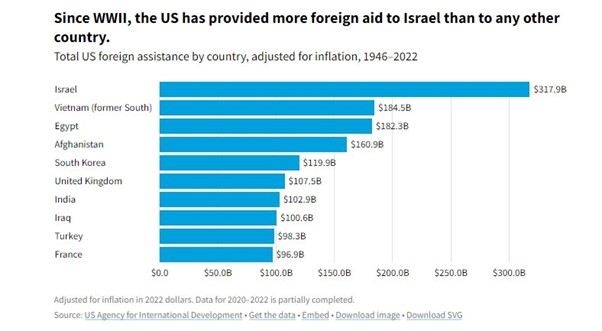
Continual war may benefit the arms manufacturers and the military, but over the long term it lowers profitability and investment in the productive sectors of the economy. And for workers, apart from the horrible loss of life and limb, it means a straitjacket on improved prosperity and human development.
Israel’s capitalist government has no answer to the interminable conflict
But Israel’s capitalist governments have no solution to the interminable conflict with the Arab people under its occupation and next to its borders. Now with an outbreak of yet another war at a grotesquely intensified level of violence and retribution, the sweet words of the Economist on Israel’s 75th anniversary taste very sour – for both Palestinians and Israelis.
Is this to continue for another 75 years?
From the blog of Michael Roberts. The original, with all charts and hyperlinks, can be found here.
The featured image shows the reverse side of an Israeli banknote from 2015. The image is from Wikimedia Commons. Attribution: Adambps1900, CC BY-SA 4.0

